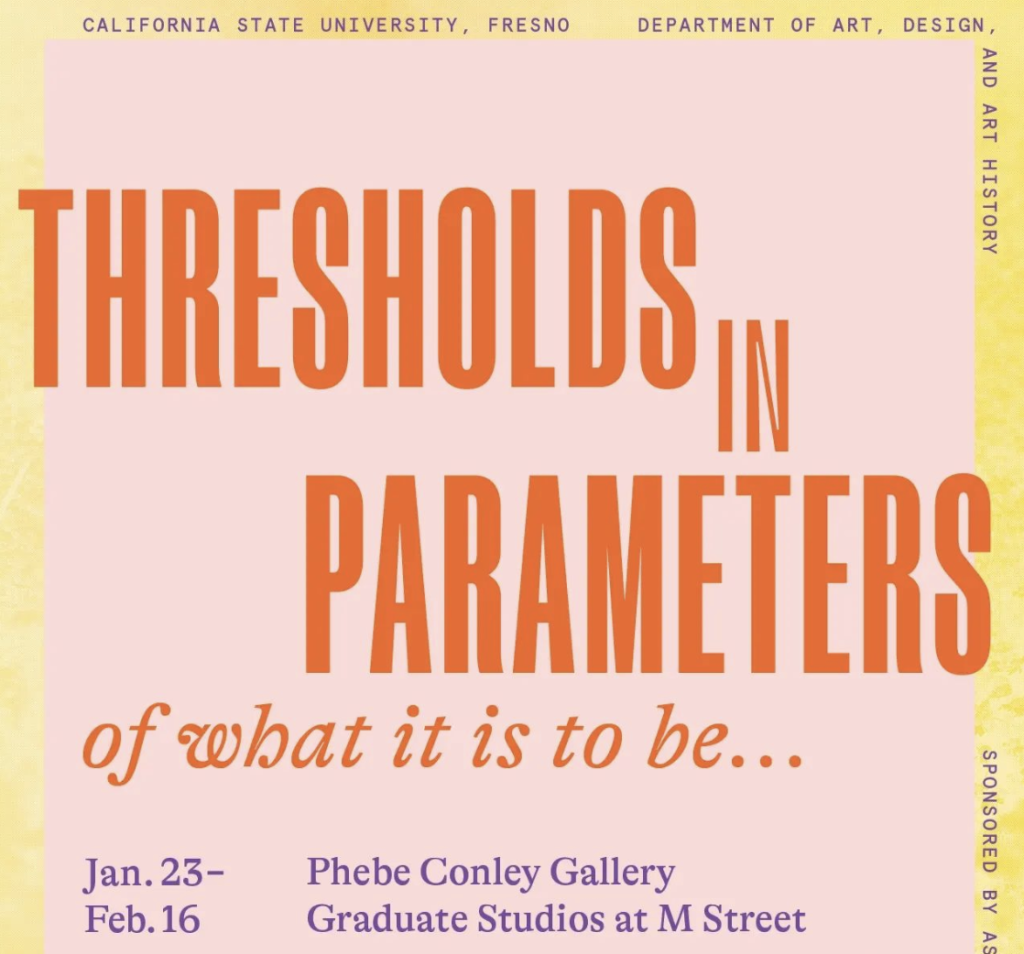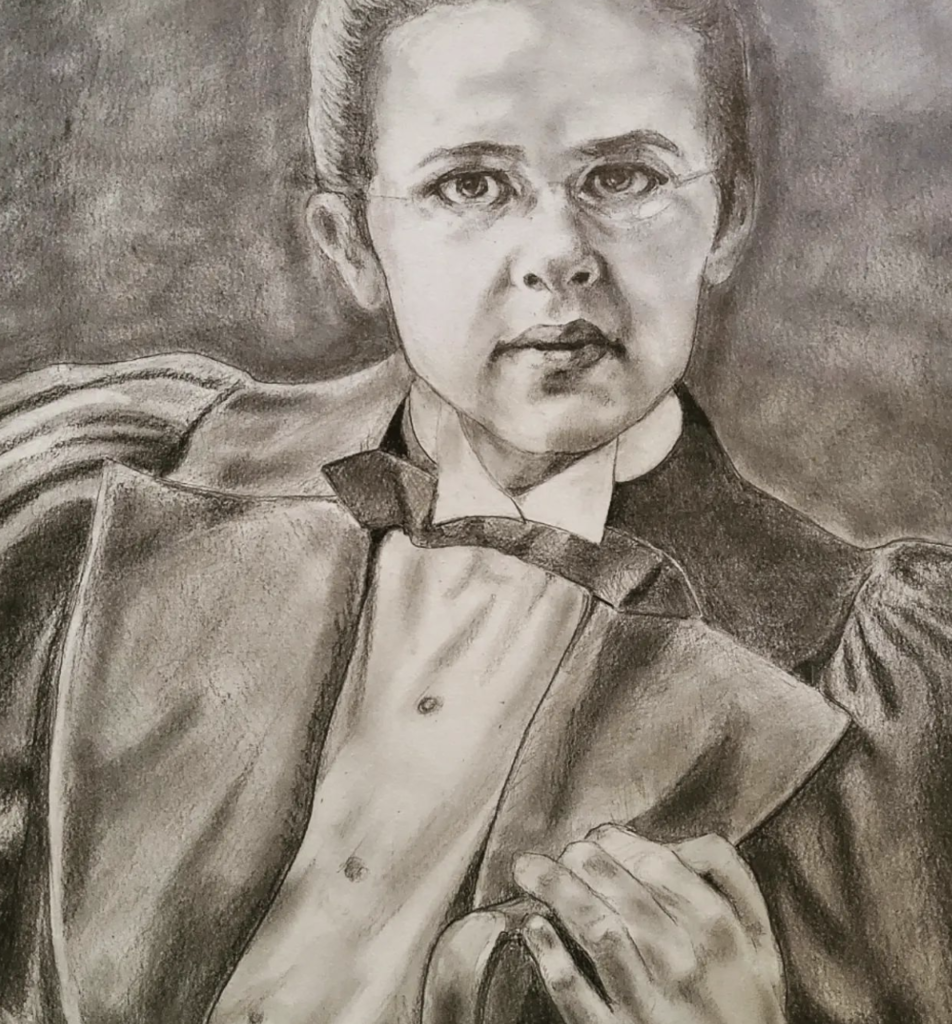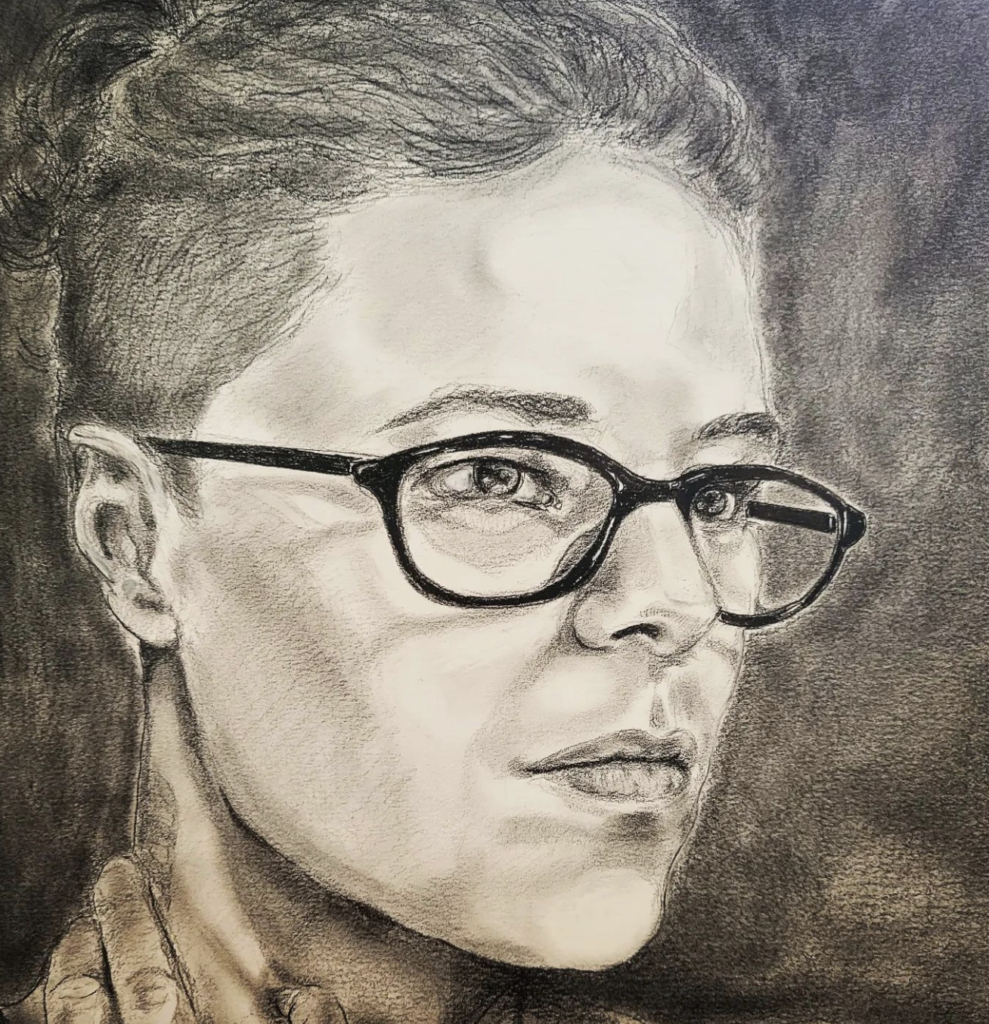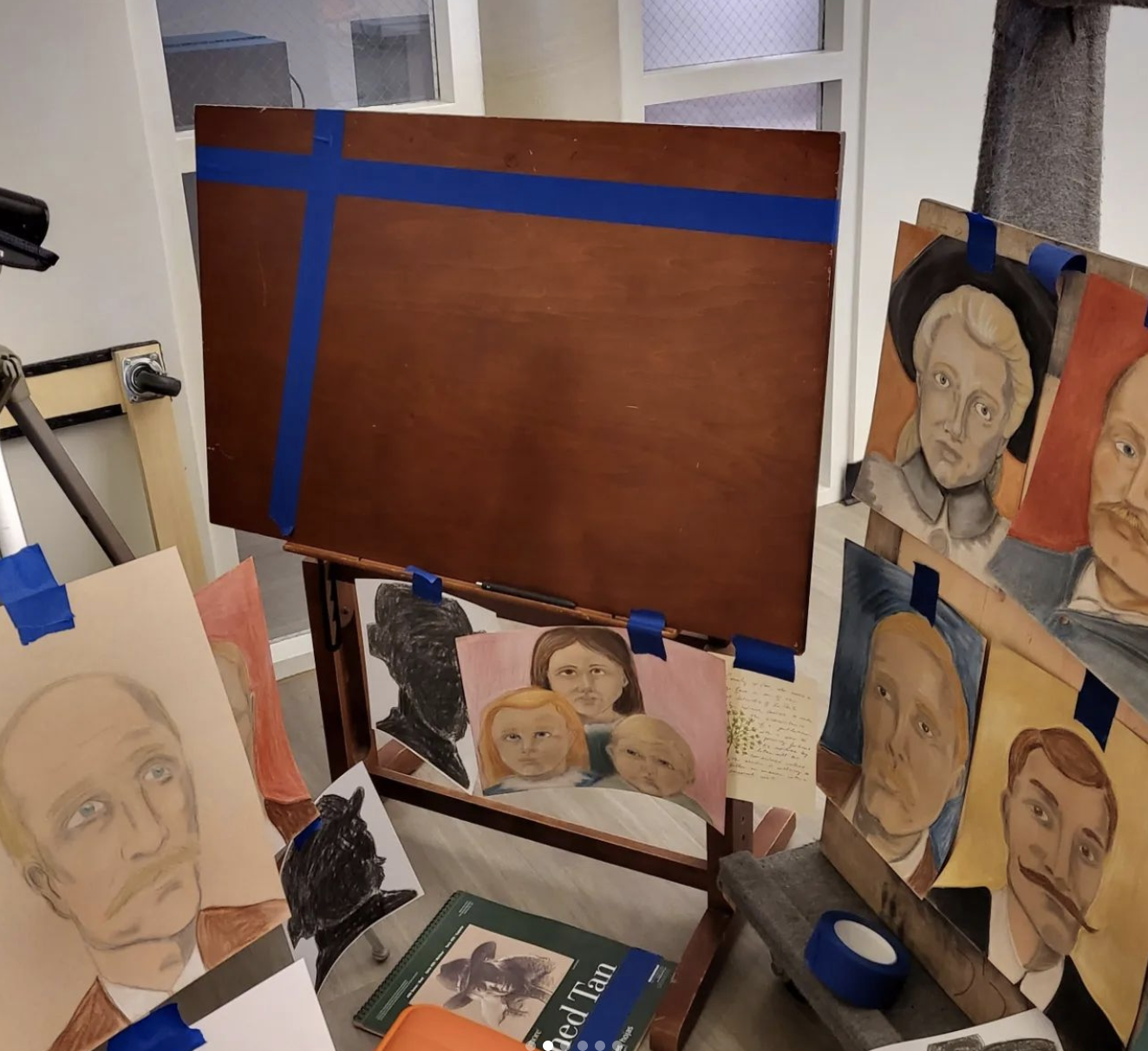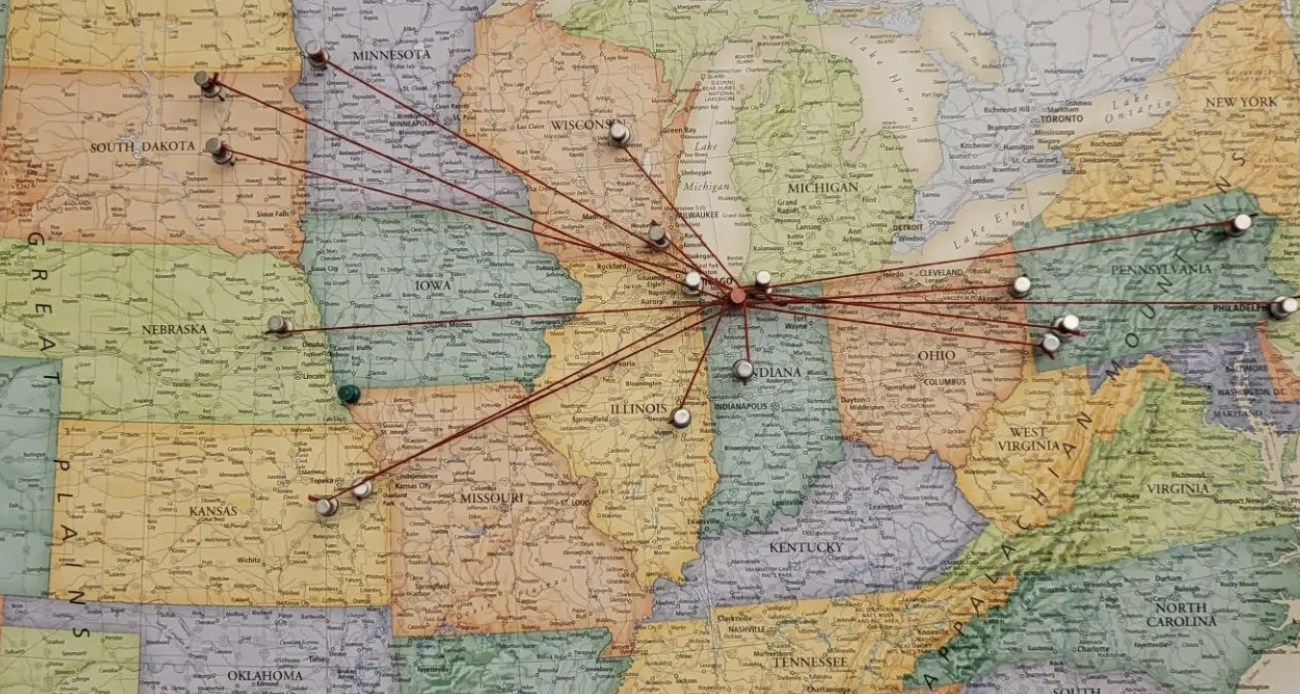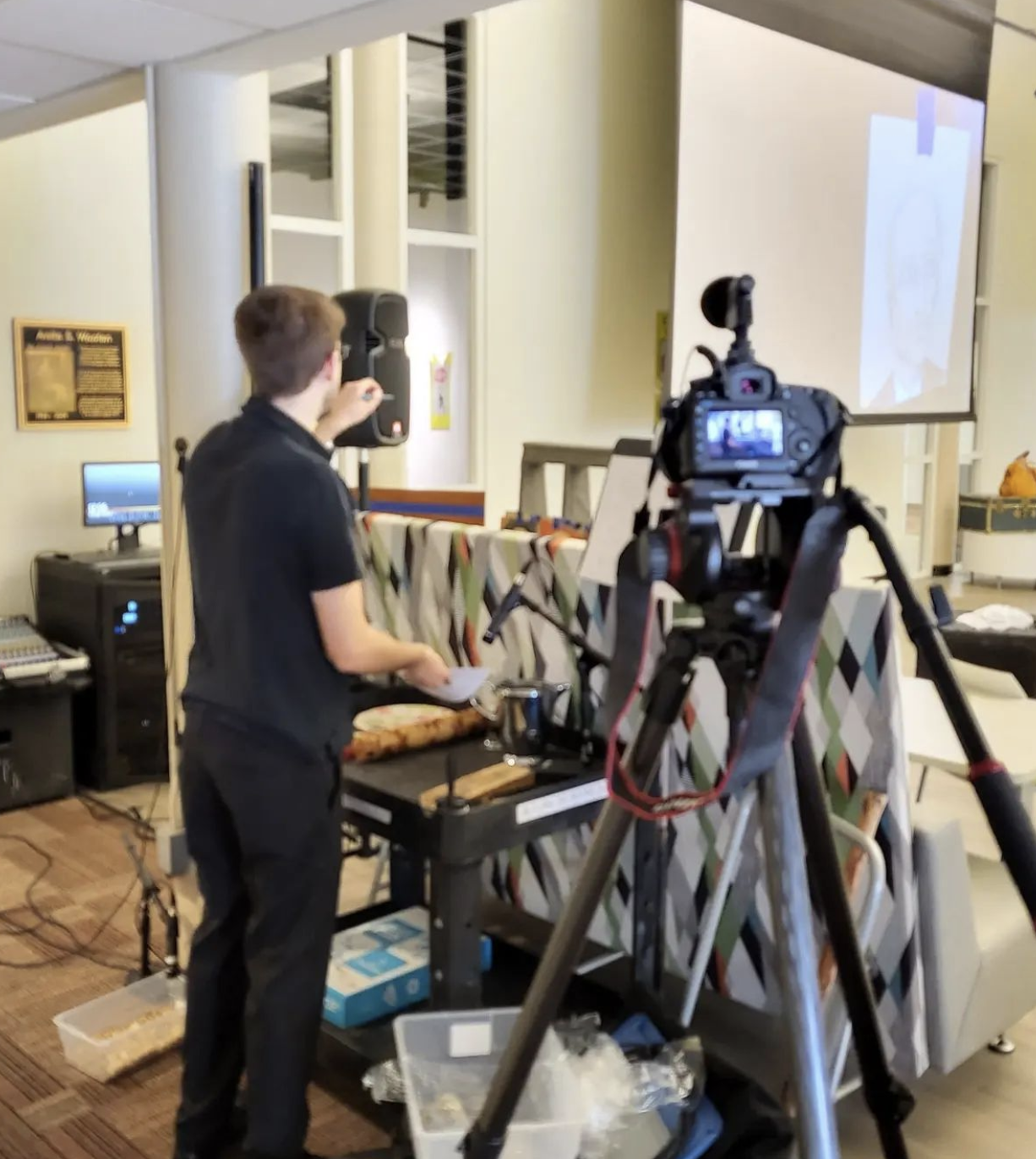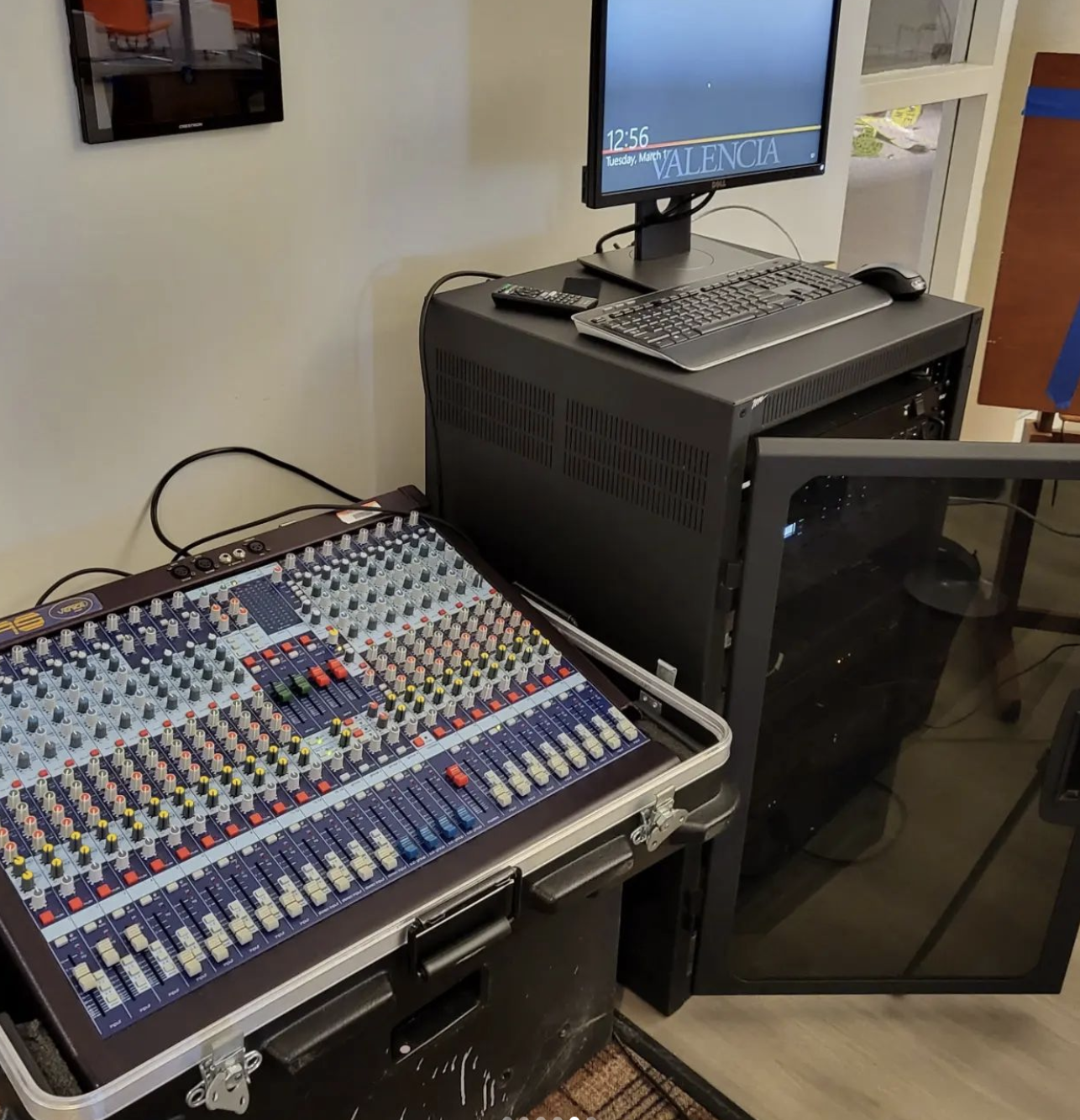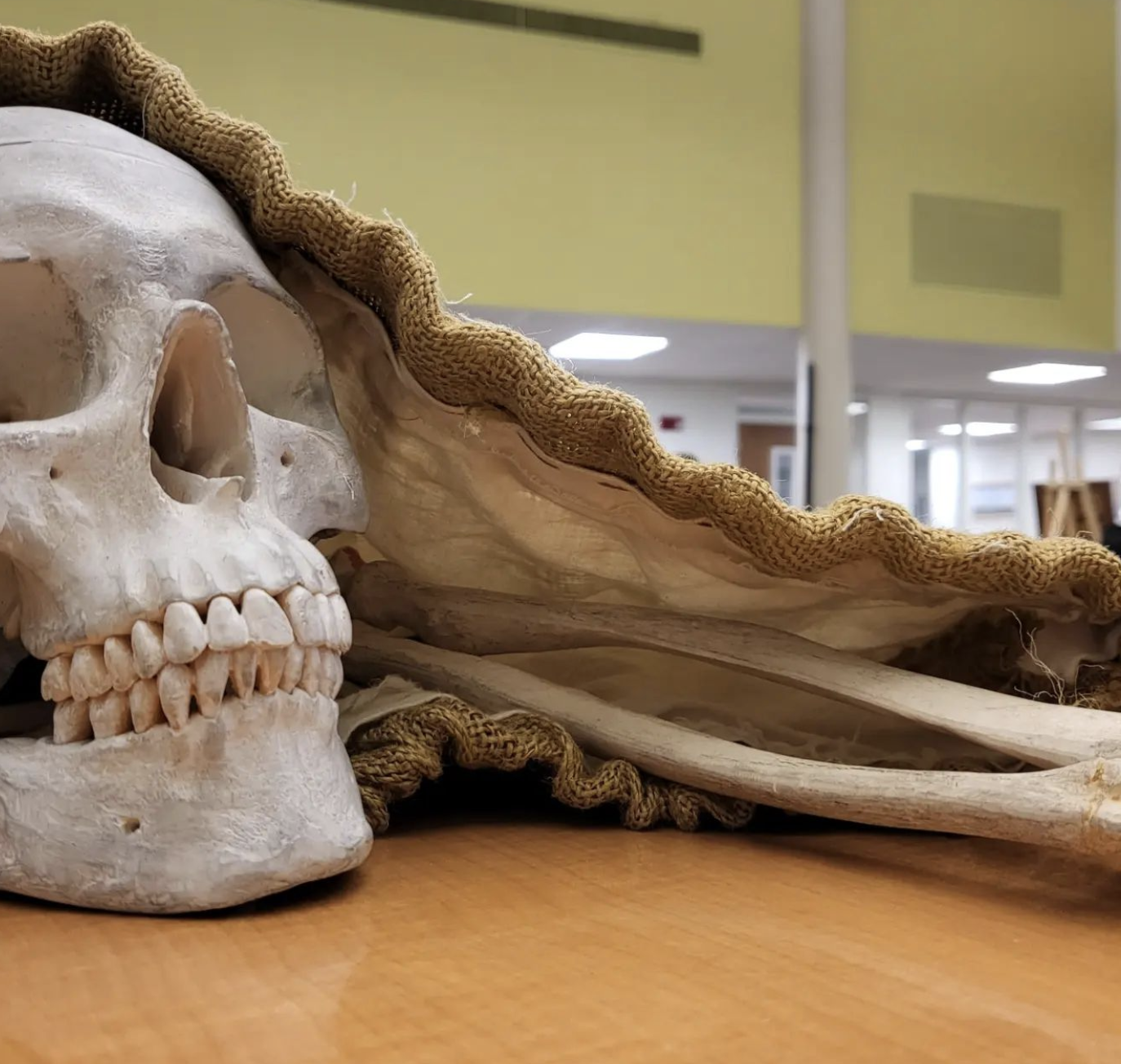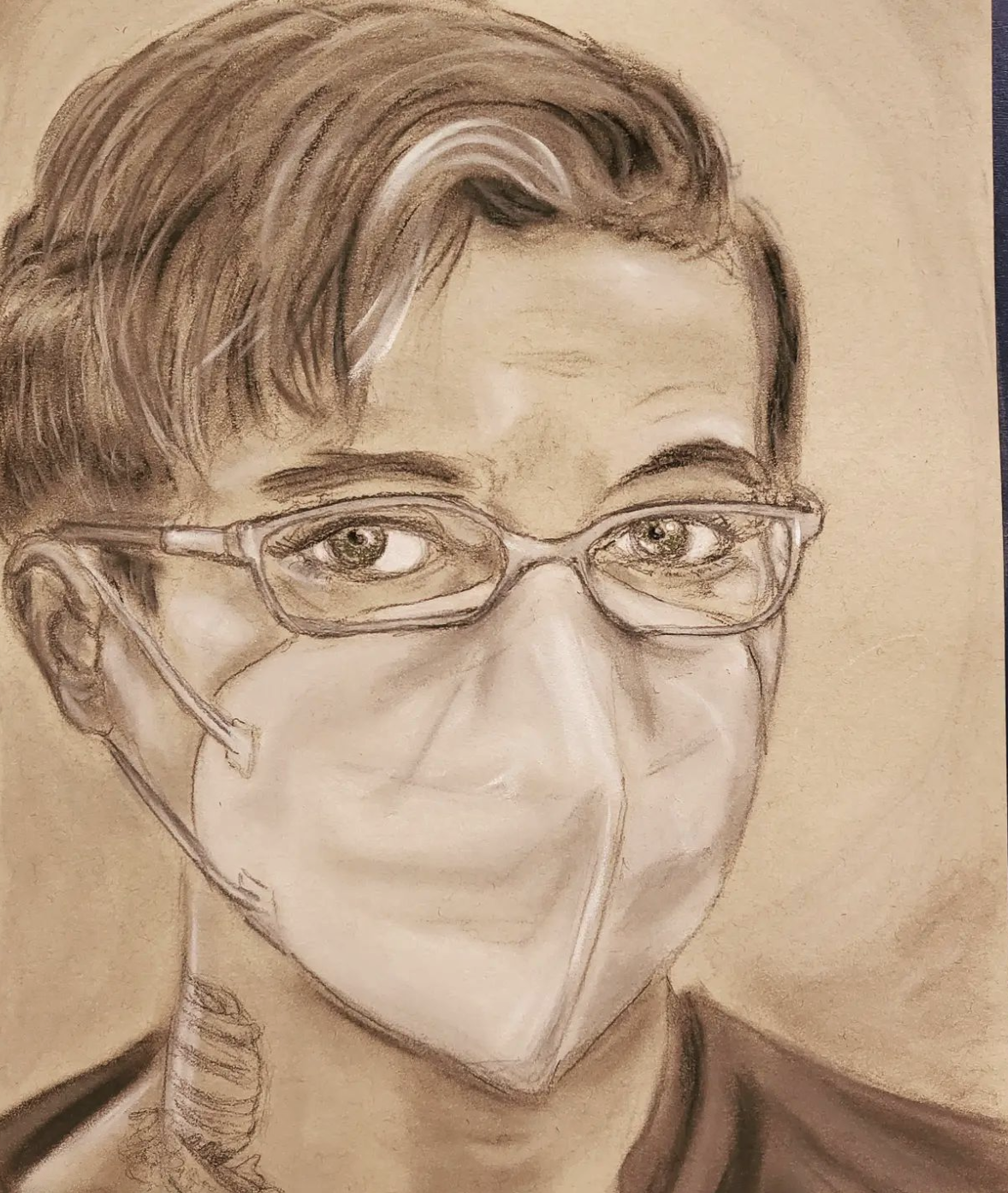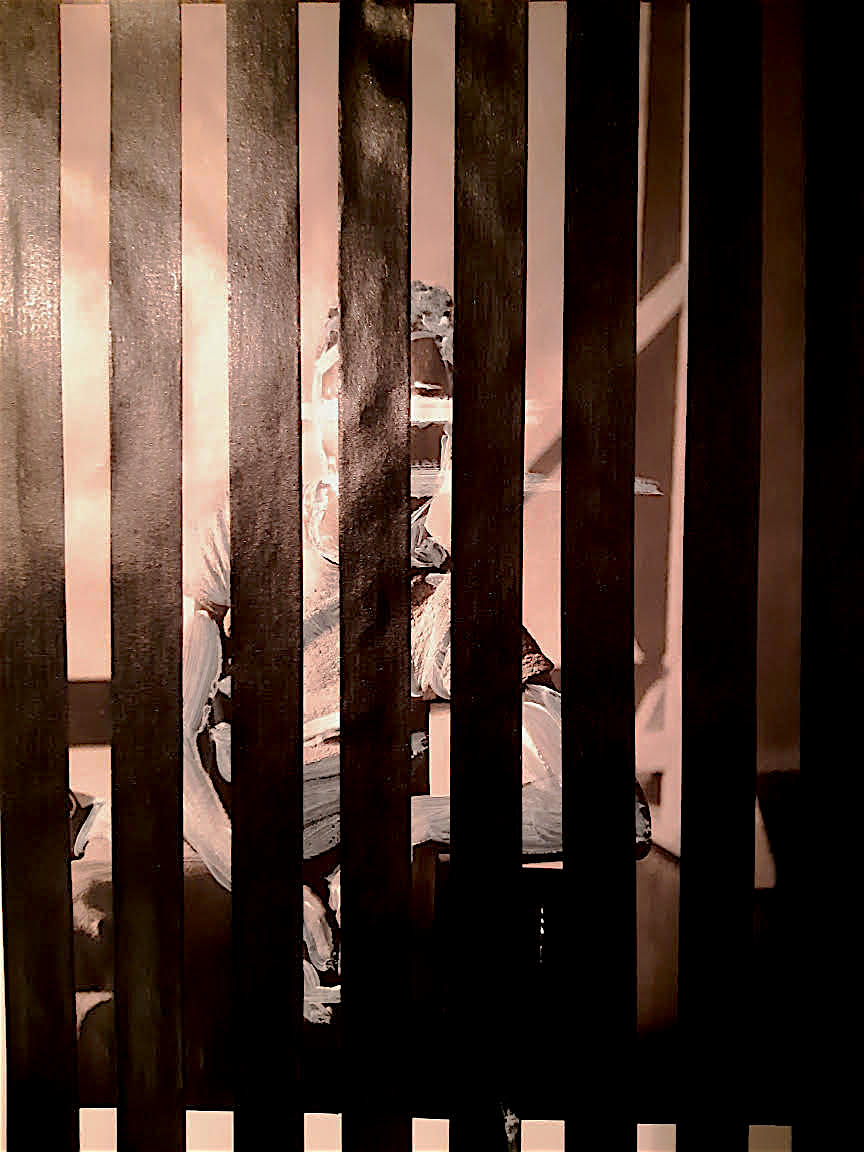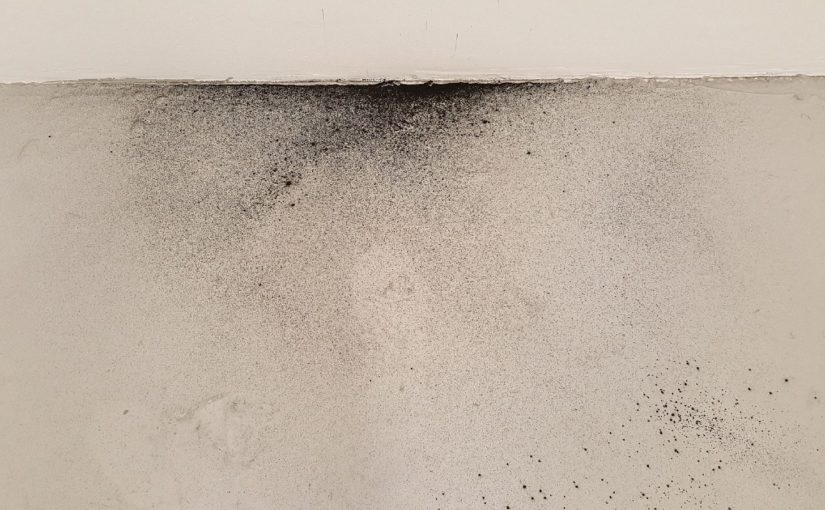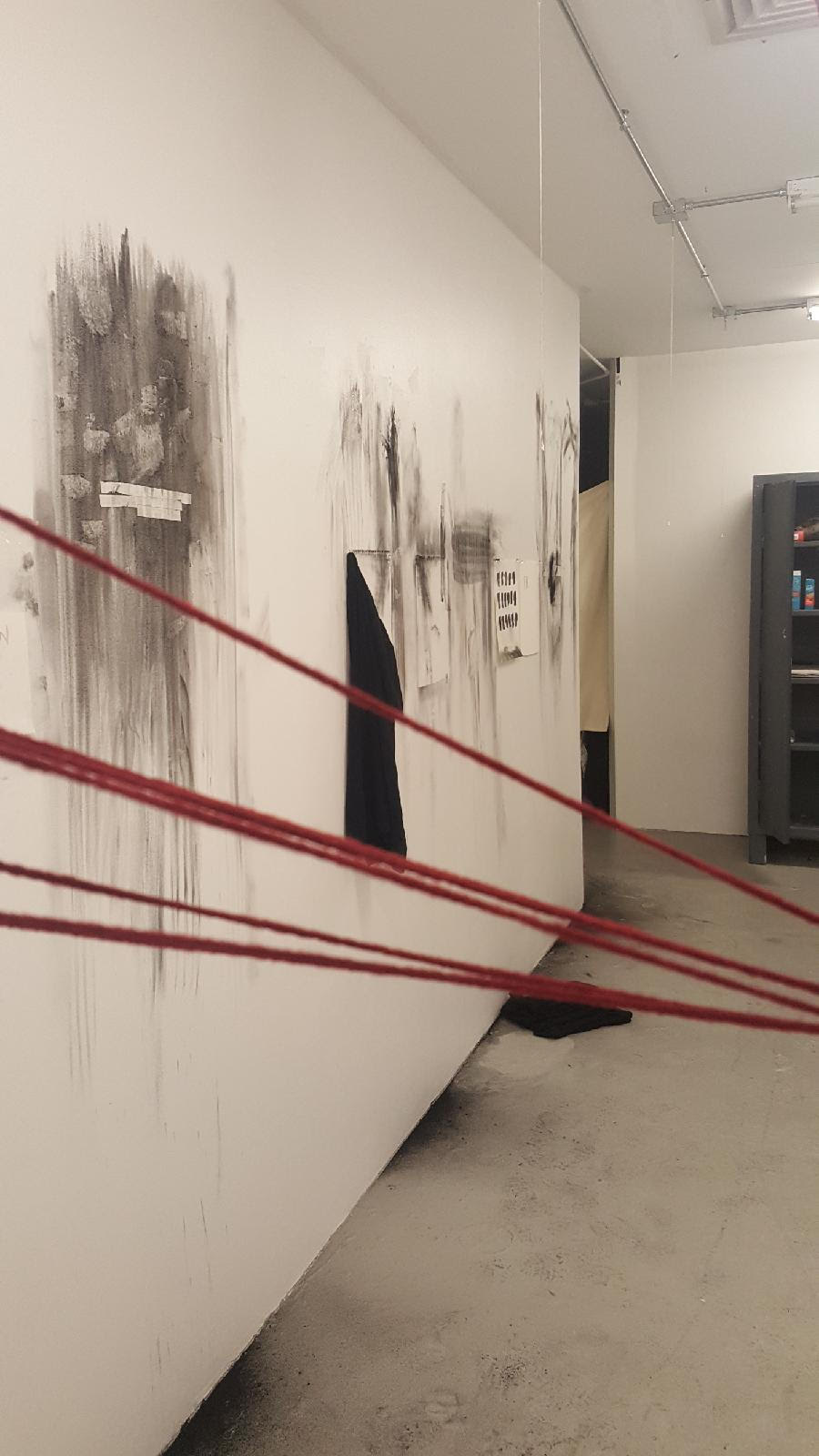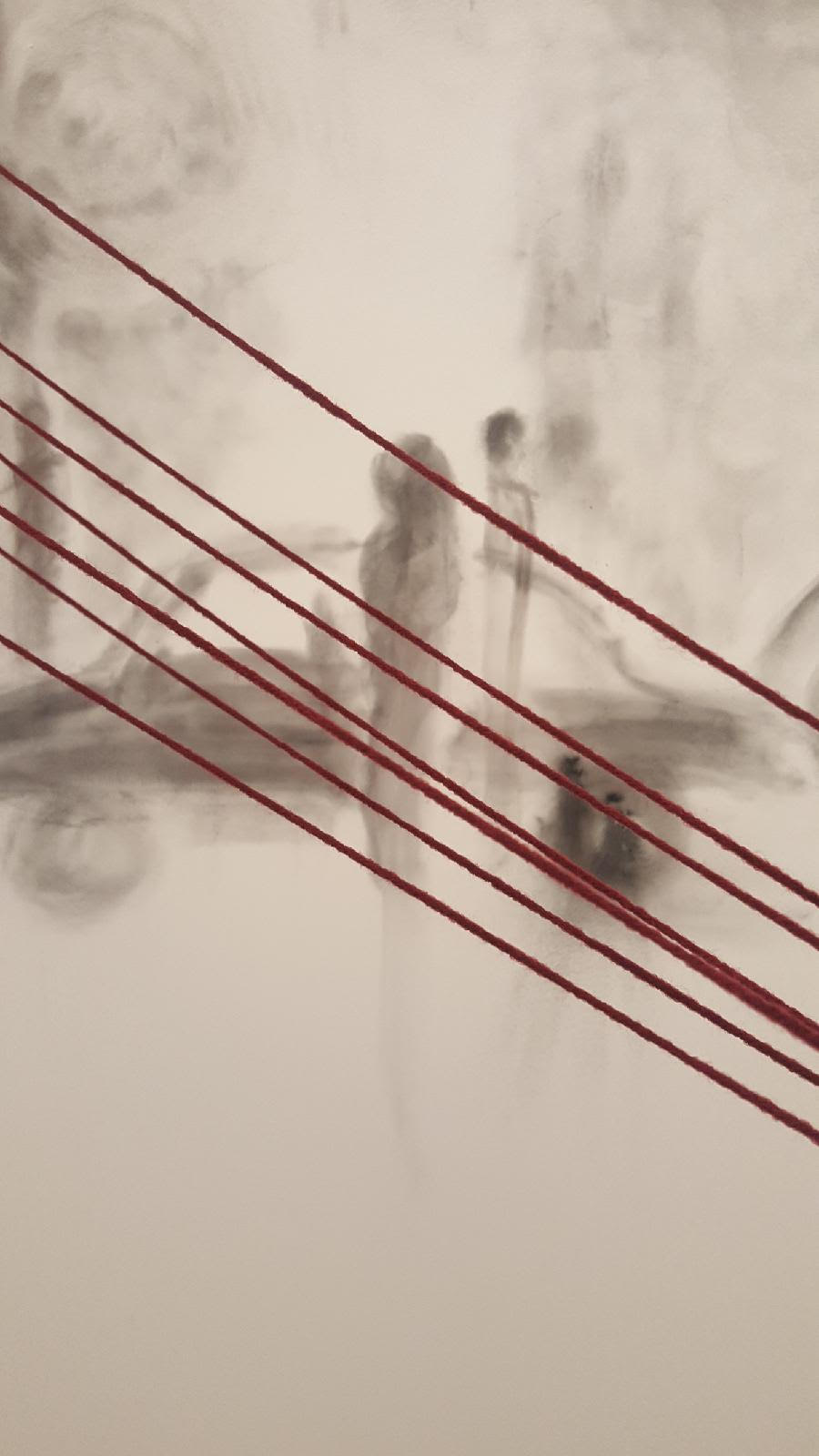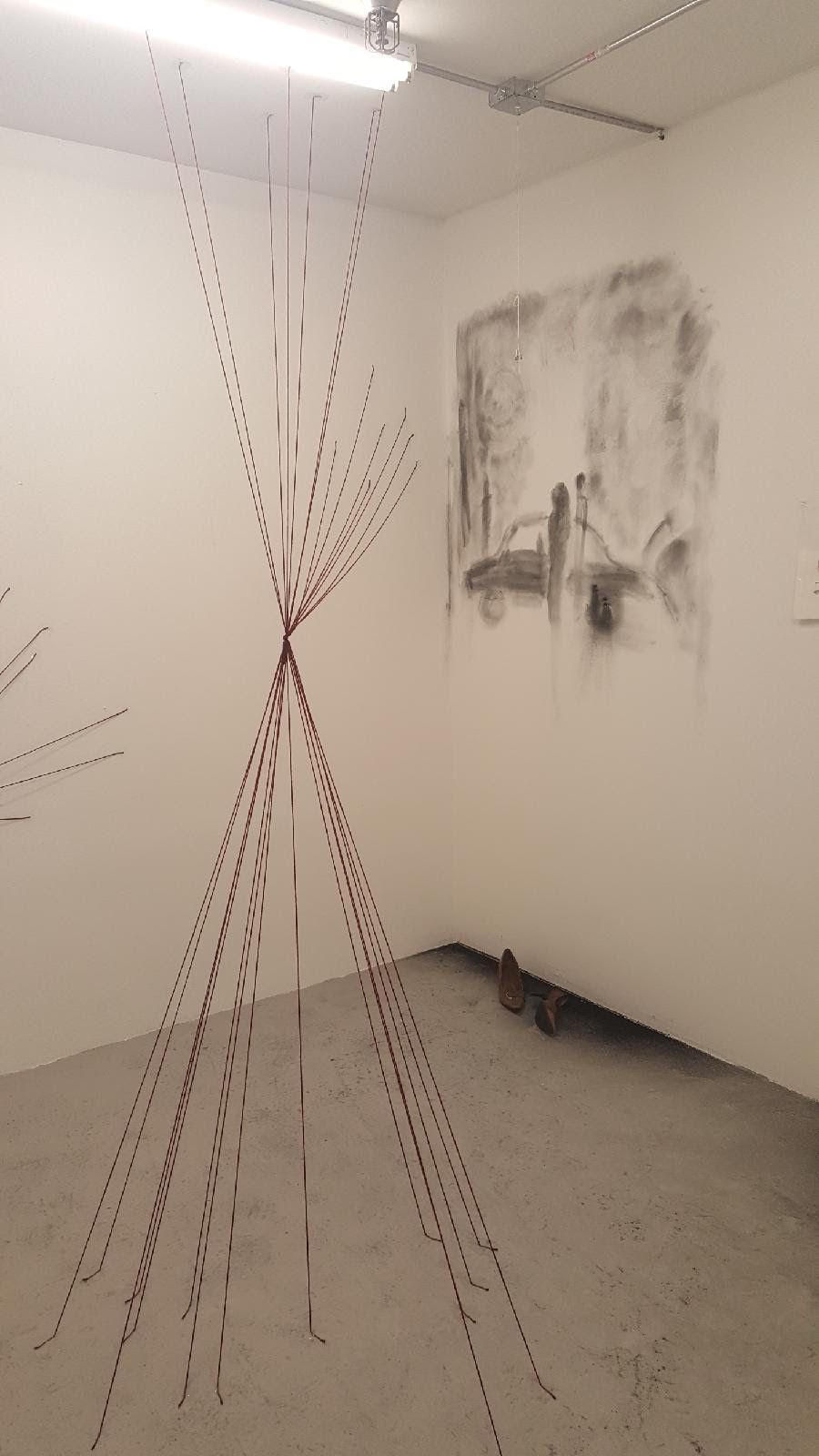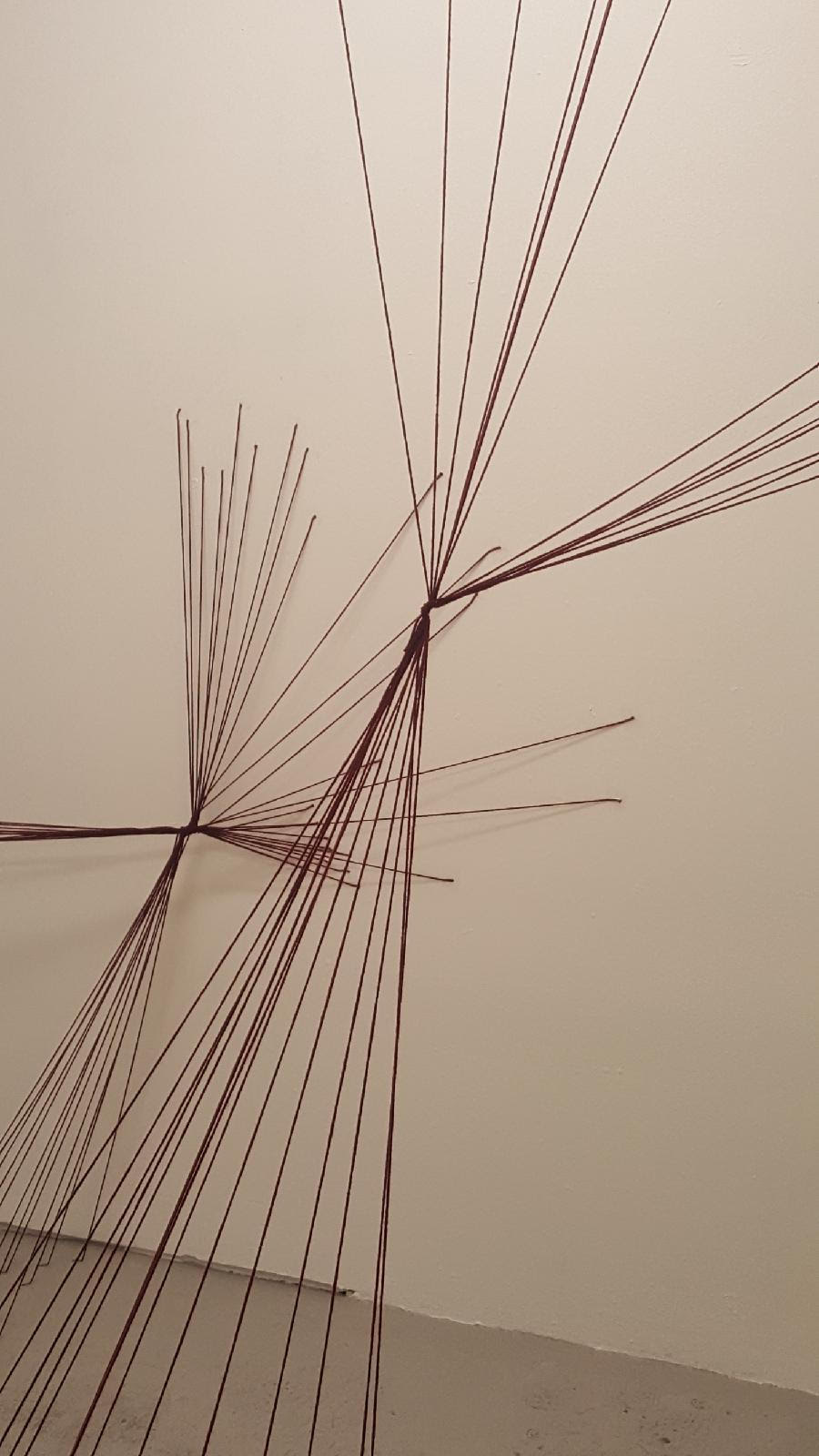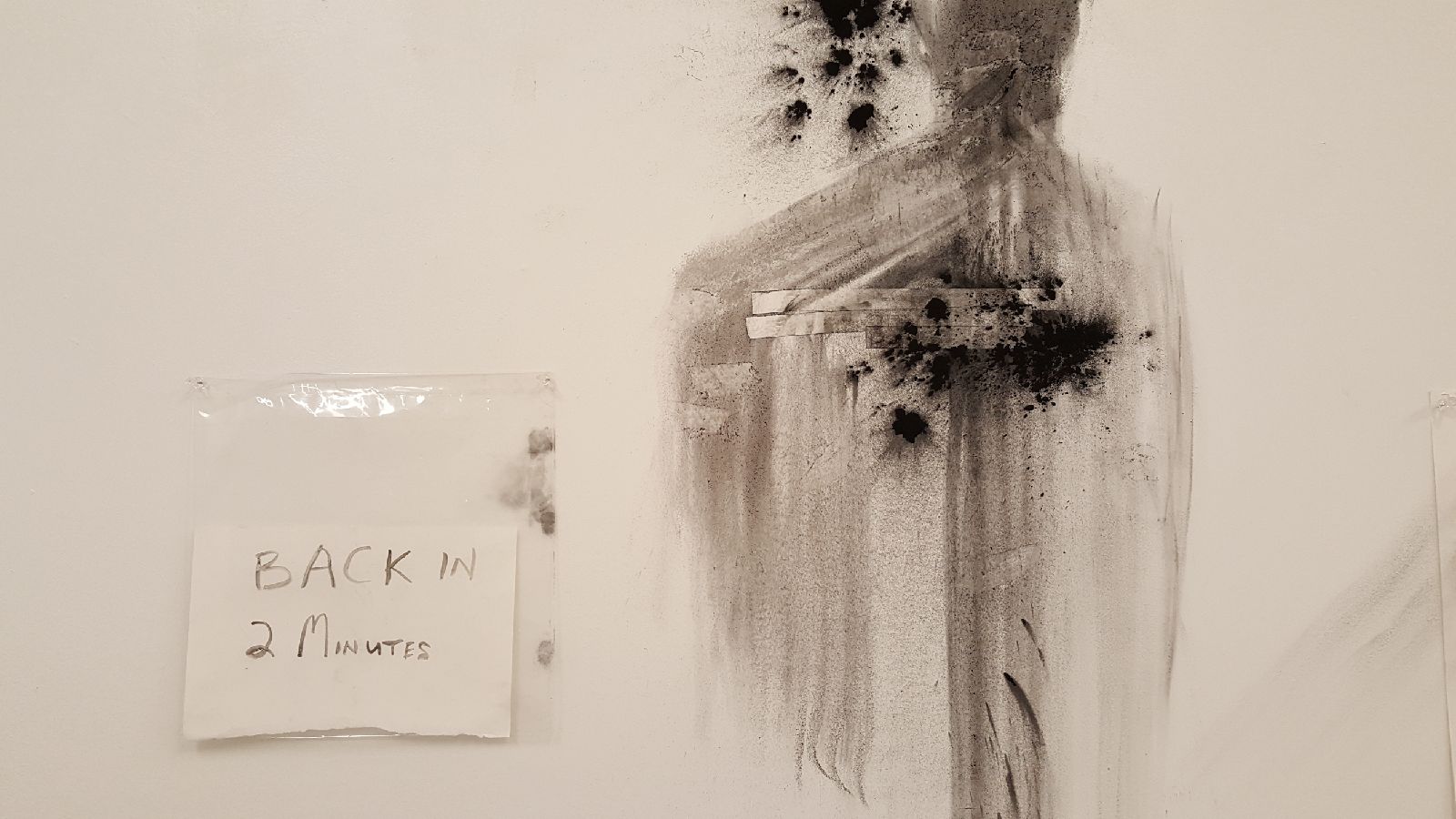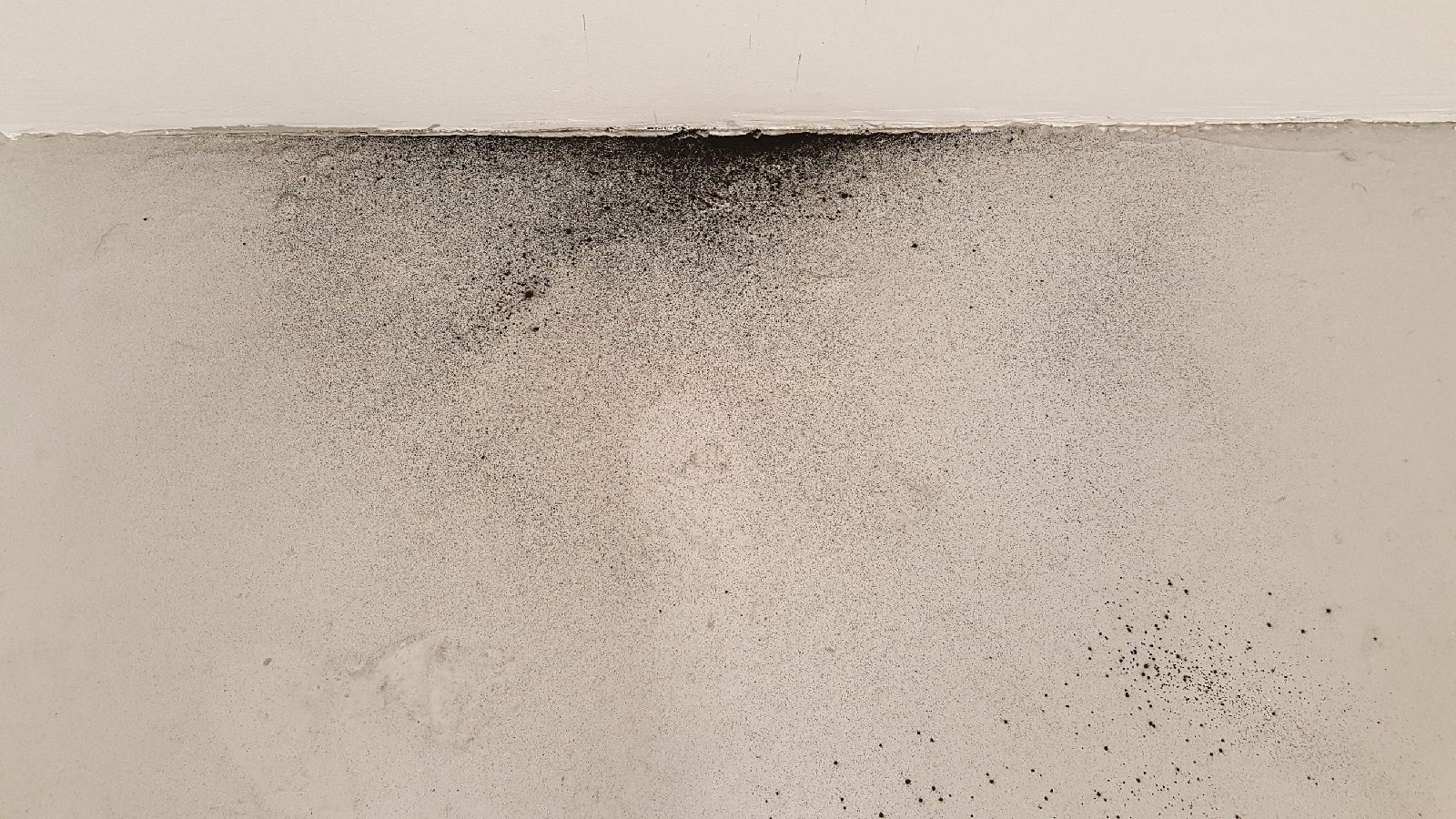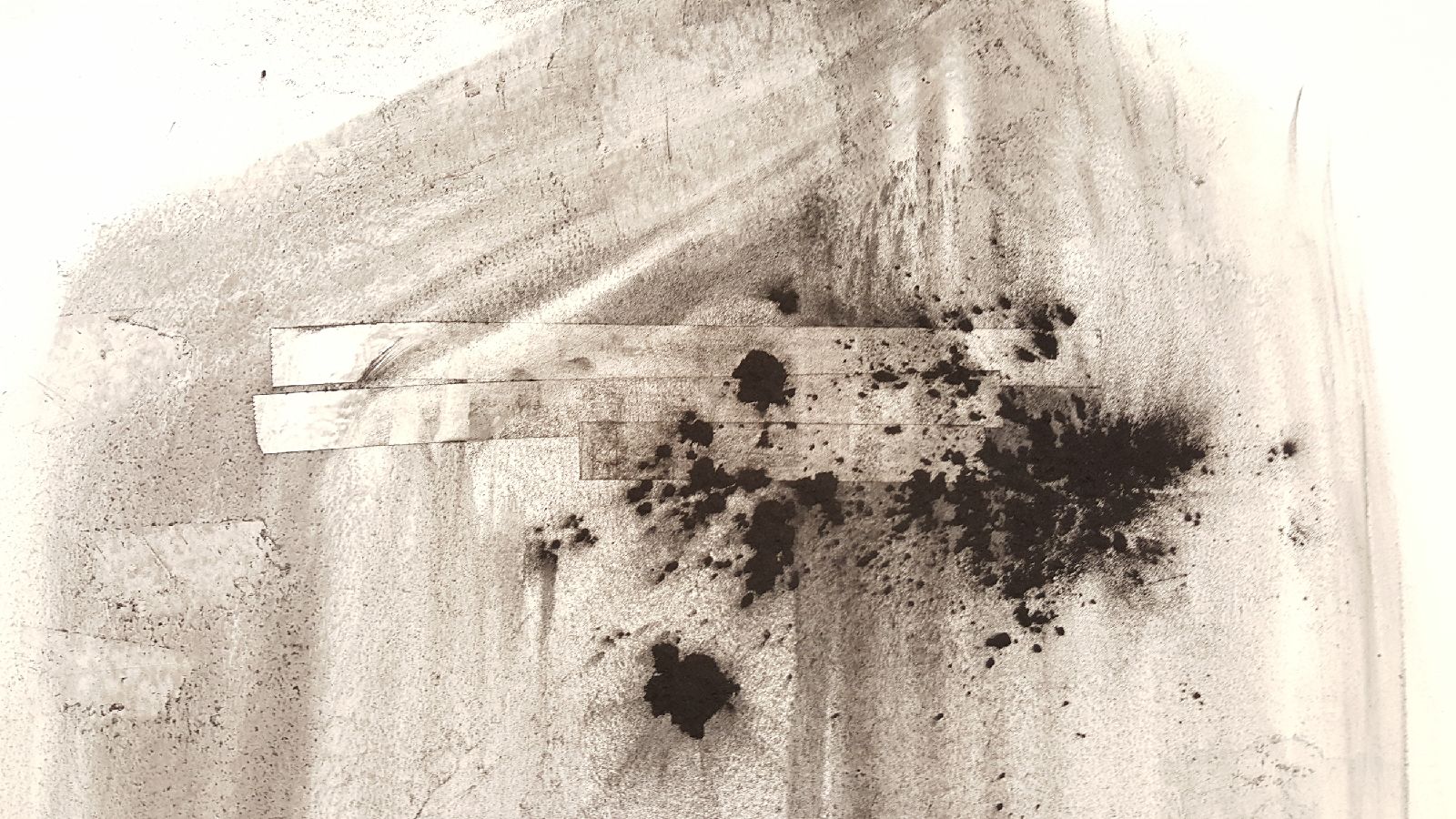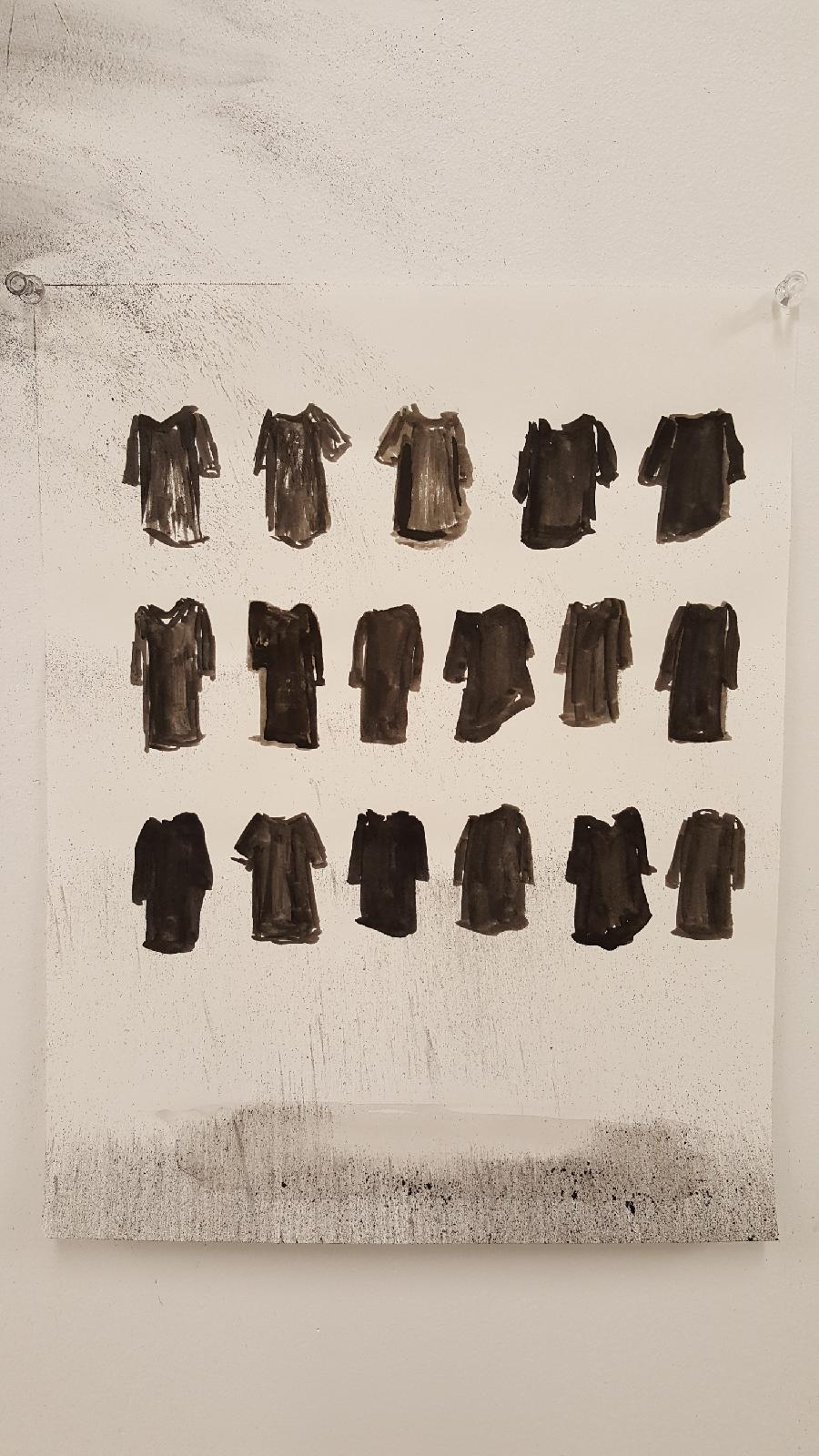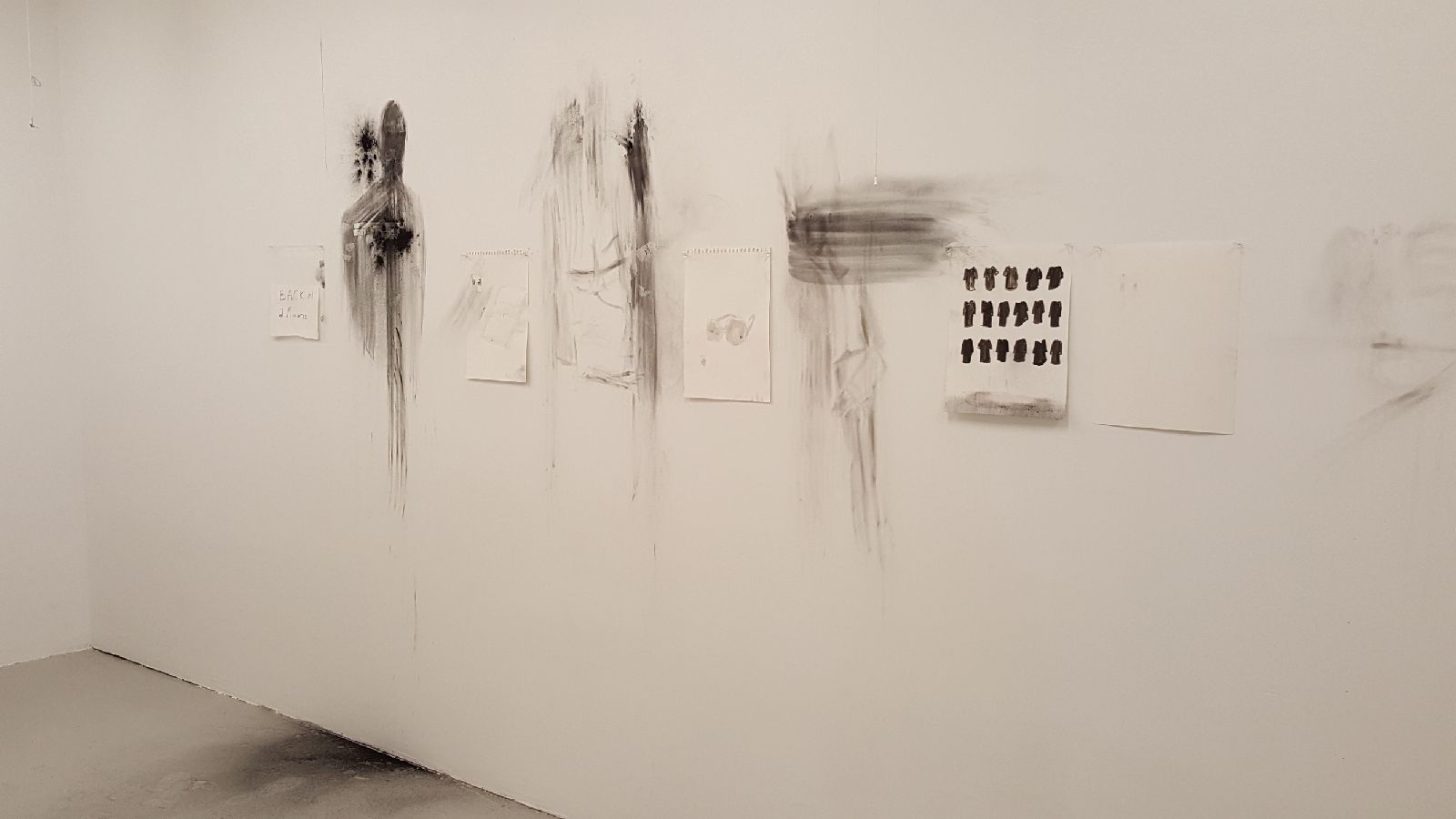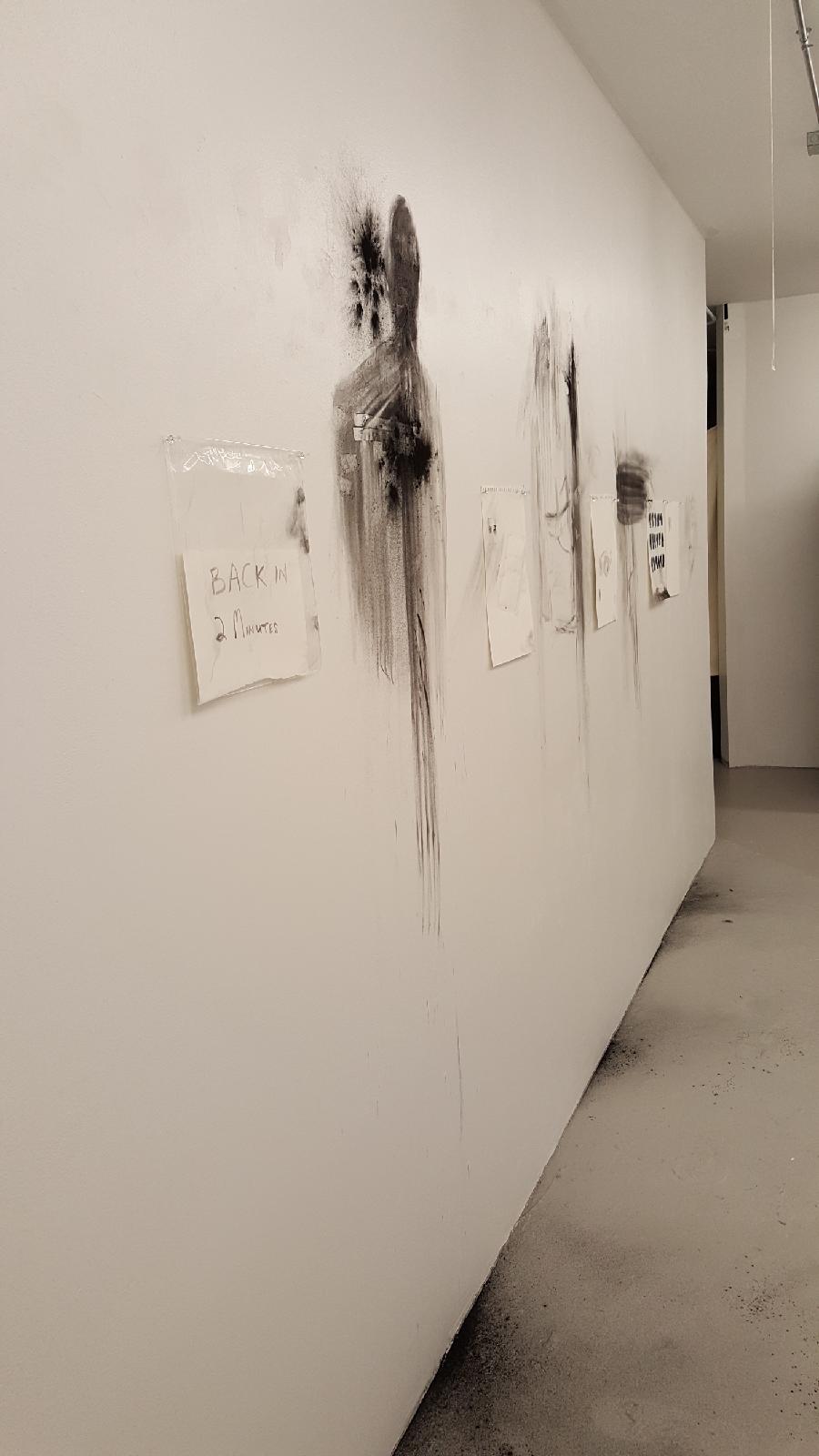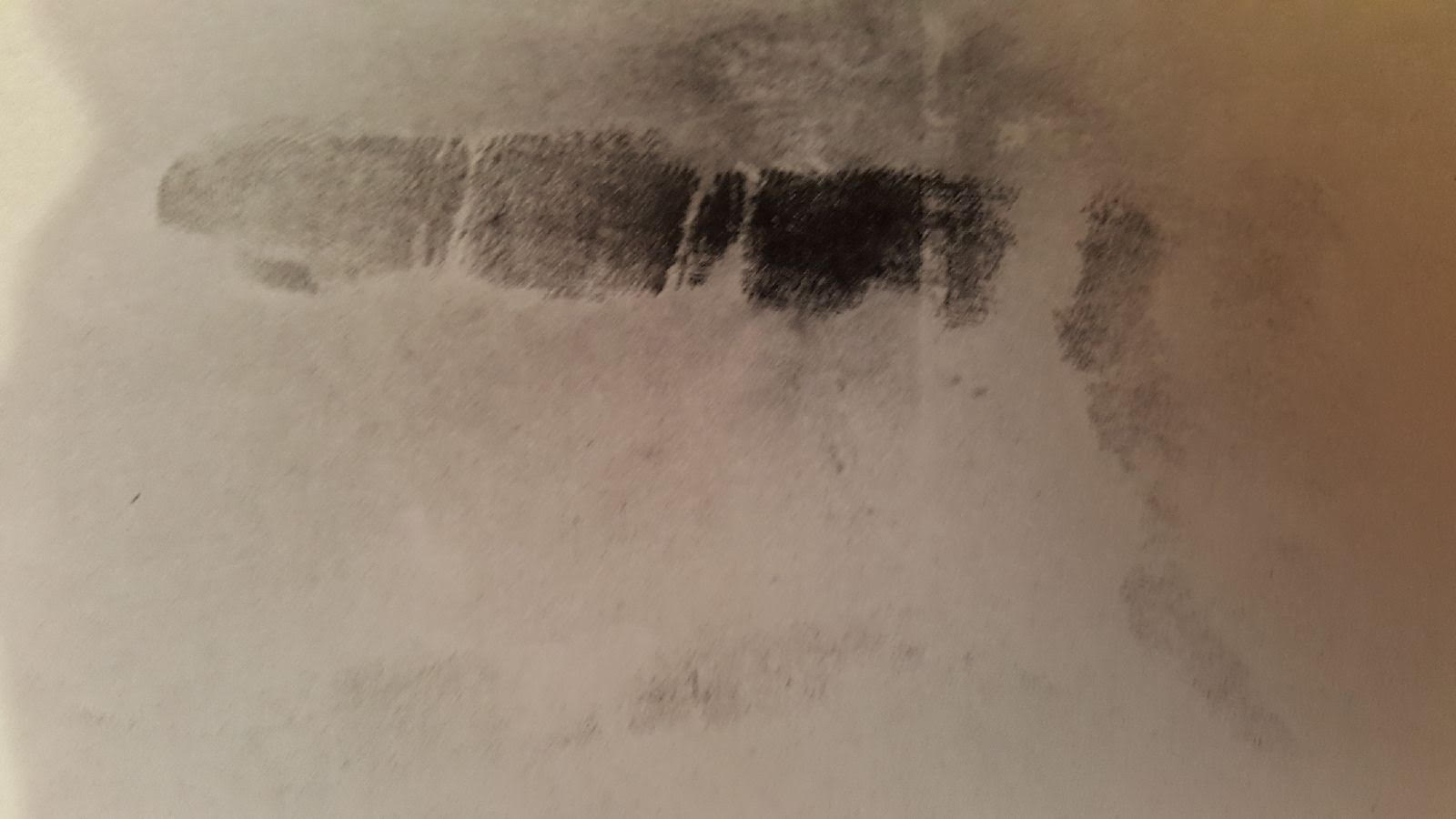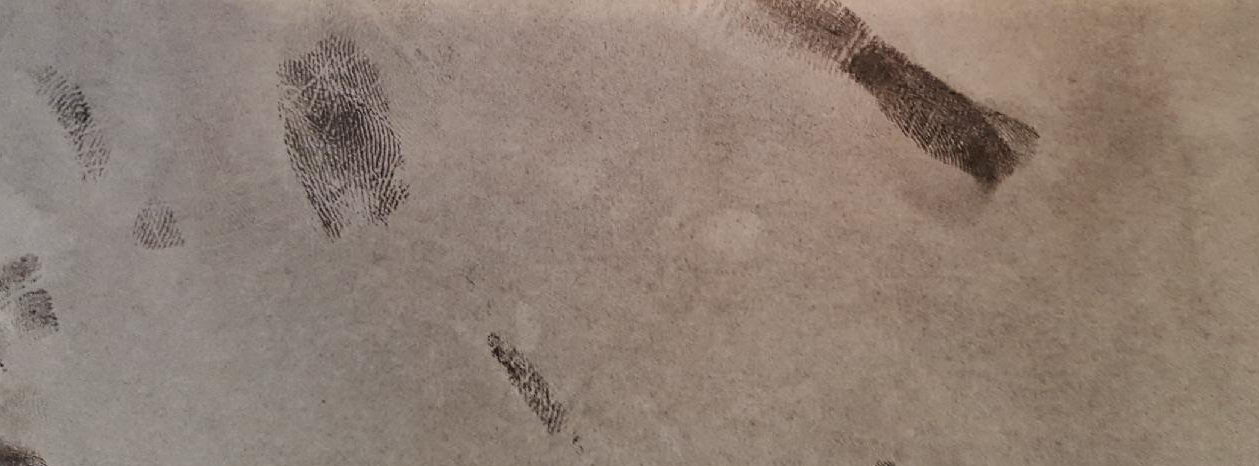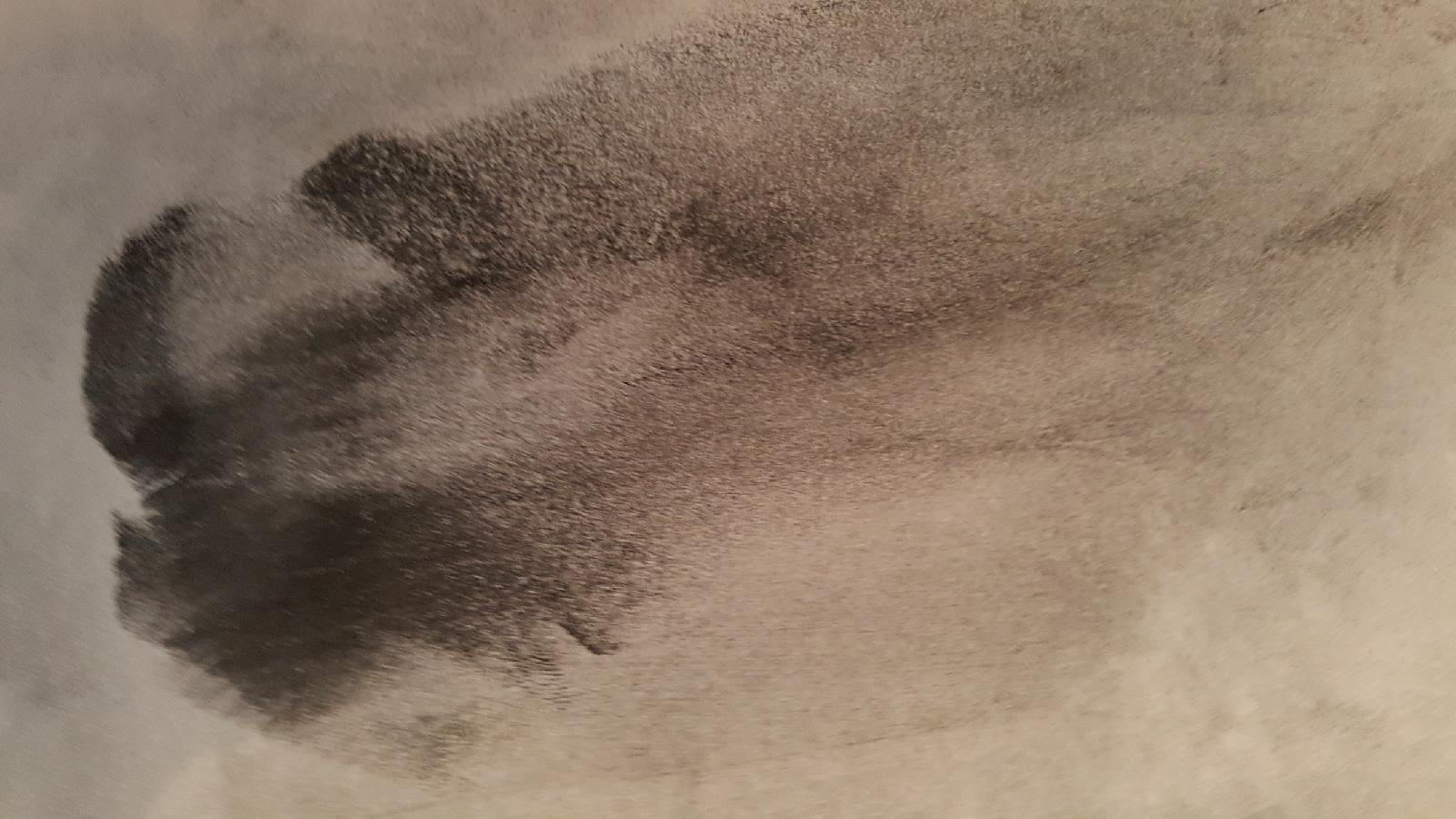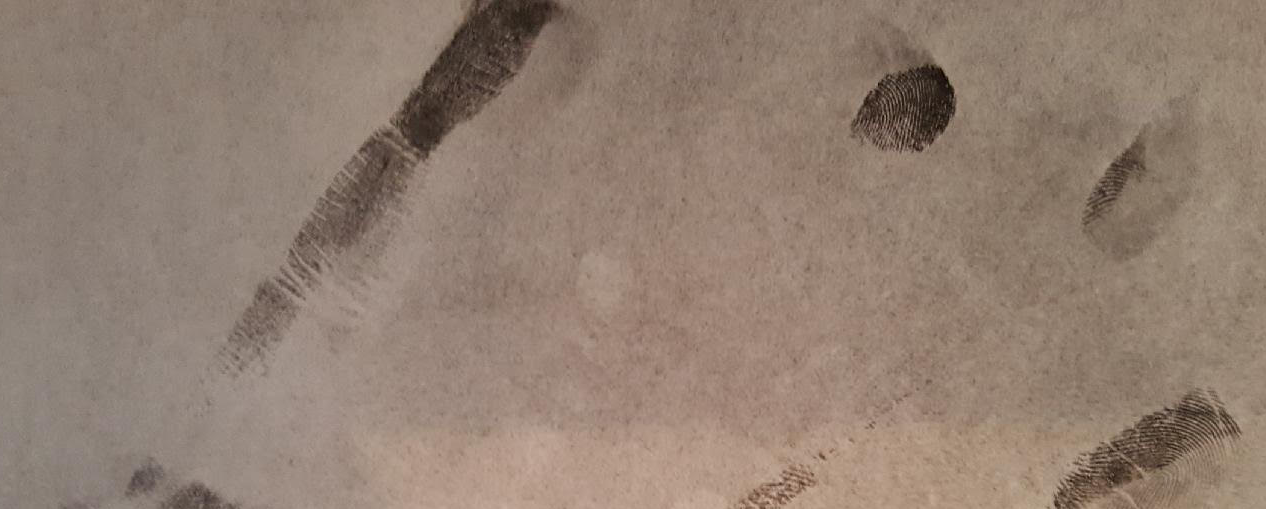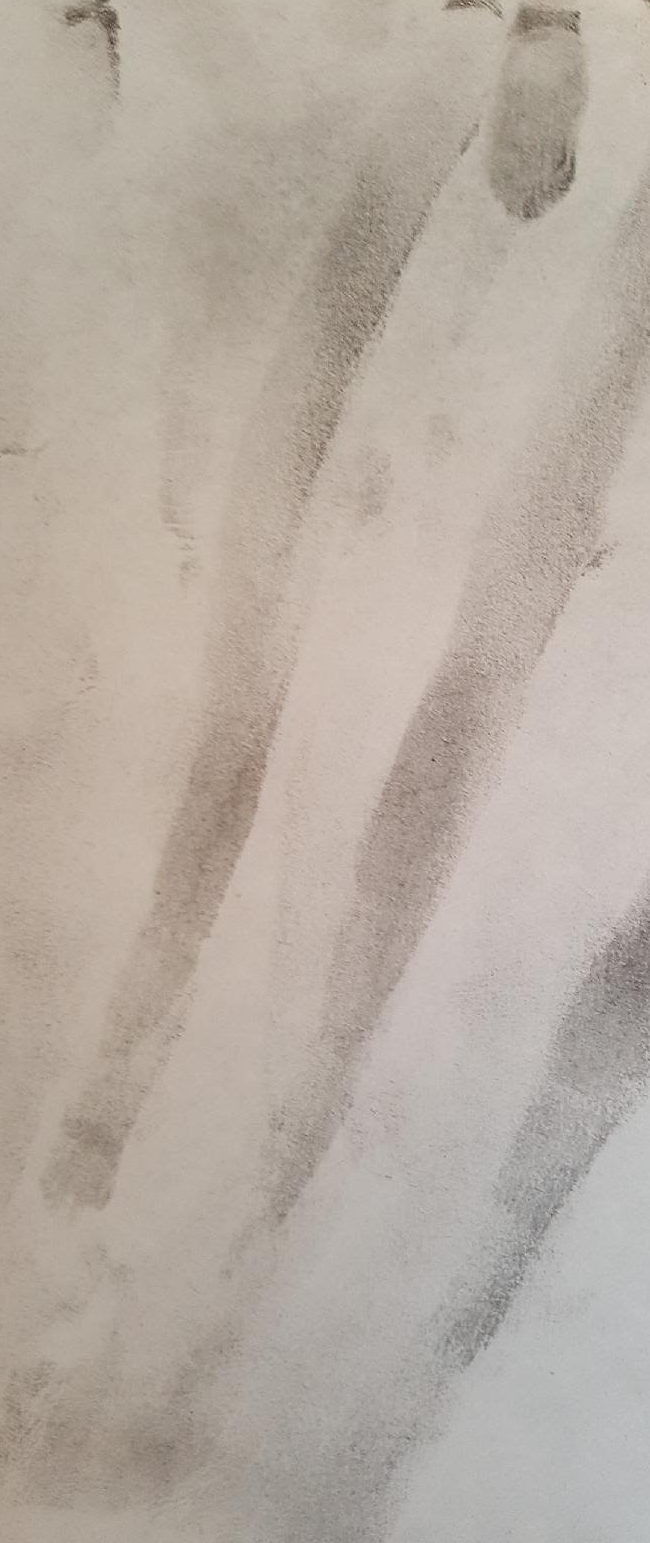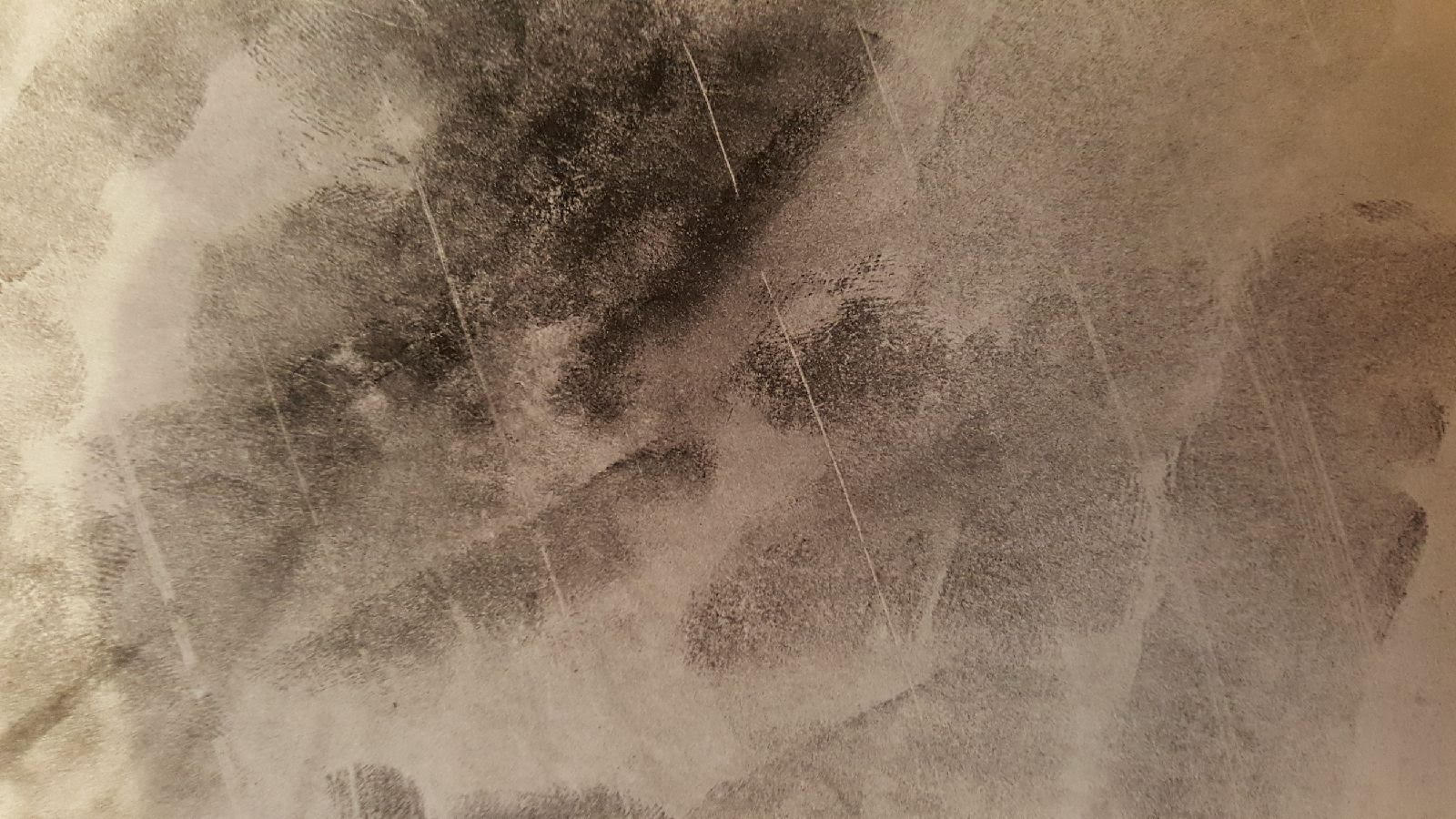Two major events in the coming month.
“Beyond Suspect Sketches: Art’s history and future in death investigation” brings together the departments of Art and Public Safety at Valencia College on March 3.
In this multi-media workshop, participants will learn about Frances Glessner Lee, the mother of American forensic science, who used her skills as an artist to create the Nutshell studies of Unexplained Death- which are still used to train detectives today.
Hosted by the School of Public Safety in partnership with Carlye Frank, Professor of Art at Valencia College’s East Campus, the event will include a screening of the documentary “Of Dolls and Murder,” a discussion of the role of art objects as investigative tools, and the opportunity to examine Nutshell Studies produced by Prof Frank’s Design II class.
If you’re in Orlando, don’t miss it!
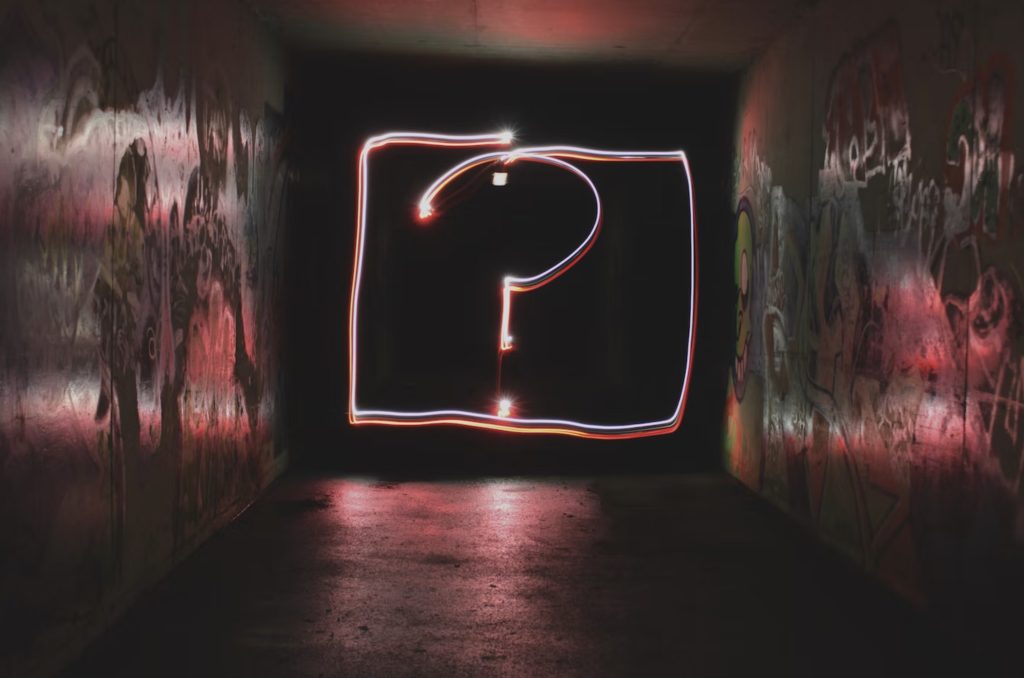
“Thresholds in Parameters of What it is to Be…,” an exciting exhibition curated by the inimitable Jamie Nakagawa Boley, will include an installation of my work, “The Missing Missing: California.” The show is on view in California State University, Fresno’s M Street gallery until Feb 16.
